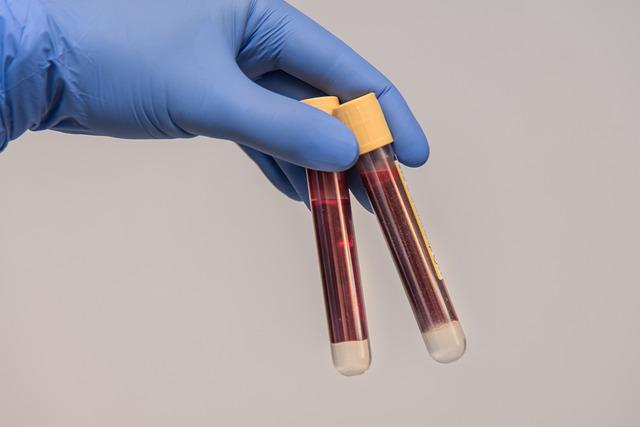release time:2022-04-07 17:08:58
Lipemic specimens are a common cause of interference in clinical tests. The CM and VLDL in lipids are suspended particles that interfere greatly with the colorimetric or turbidimetric methods commonly used for biochemical testing. For severe lipid blood samples, the sample must be pre-treated due to the high background absorbance of the sample. Commonly used methods include.


2022-08-28
Like any other profession, veterinarians should get some medical equipment before starting a new vet practice. A vet provides good medical care to pets using these tools, devices, and technologies. Read on to know more about some modern medical equipment that a vet should have:

2021-11-22
Common sample abnormalities in clinical laboratory medicine include hemolysis, lipemia and jaundice, and of course veterinary clinics are no exception. The overindulgence of pets has led to an imbalance in food intake, resulting in an increase in the number of pets with hyperlipidemia. Also, many of the pets that require biochemical testing are emergency cases. They do not undergo a 12-hour food evacuation period. Others undergo biochemical testing after intravenous injection of fat milk. These are some of the conditions that lead to an increased likelihood of lipemia in pet samples. Here we will learn more about lipemia samples.

2021-09-23
Fully automated biochemistry analyzer is a clinical biochemistry analyzer. It provides clinical biochemistry testing for hospitals at all levels, and is a basic and essential diagnostic instrument in laboratory medicine.